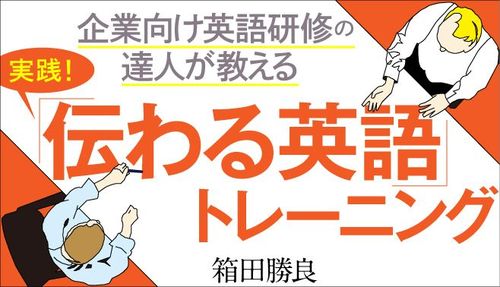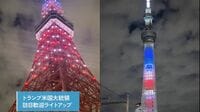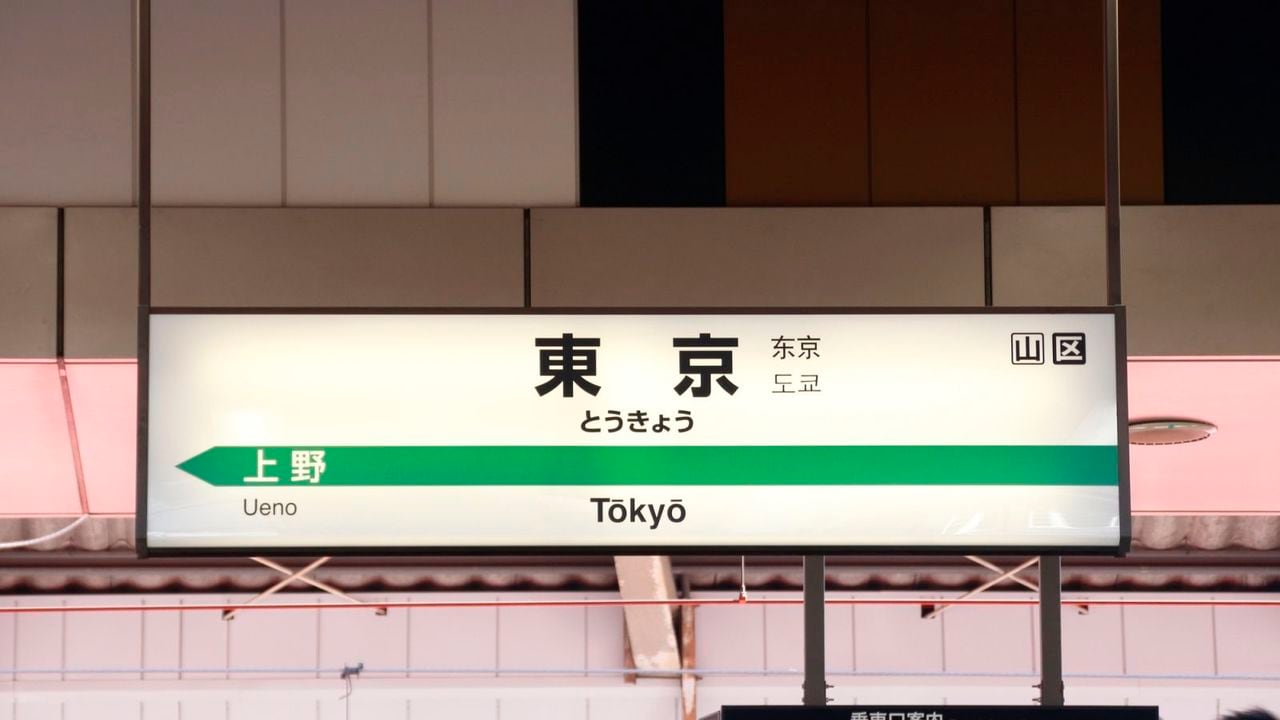
The following article is based on the online series, "Jissen! Tsutawaru Eigo Training" by Katsuyoshi Hakoda (Instructor and Coordinator of English Language Education, AEON). Click here to read the original article in Japanese.
Hakoda-sensei has often pondered the inconsistent nature of how place names are labeled. How come Marunouchi is written as 丸ノ内線 (Marunouchi-sen, using the character ノ), while Maru-Biru is written out as 丸の内ビルディング (Marunouchi Birudingu, with the character の)? Why is it that Yotsuya Station is written as 四ツ谷駅 (Yotsuya-Eki, with the katakana character ツ) whereas “Yotsuya” in Yotsuya Sanchōme-eki is written differently as 四谷三丁目駅 (without ツ)?
But that was just the tip of the iceberg. What about the names of places written in romaji*? For example, Tokyo Station is written as “Tokyo” on the Marunouchi Line while JR writes it out as: “Tōkyō”. In this month’s article, Hakoda-sensei attempts to trace back the origins of the transliteration rules for Japanese words in order to untangle the complexities that surround the Japanese romaji system.
It’s Hepburn, Not Hebon!
Romaji isn’t as simple as we thought. There exists several different romaji systems, or romaji-shiki (ローマ字式), which seems to be the root of all the confusion. Hakoda-sensei cites “The History of Romanization of Geographical Names” from the Geospatial Information Authority (2005) to provide a brief overview of how romaji came to be.
The first known case of romaji in Japan dates back to 1549, when Portuguese missionary Francisco Xavier used the system to teach Christianity to Japanese converts. The romaji of this period was based on Portuguese and Italian pronunciation. However, following the expulsion of Christianity in 1613, the use of romaji all but disappeared from Japan.
During the Edo period, the ban on Western books was lifted, bringing in a wave of rangaku (literally “Dutch learning”, and by extension “Western learning”) alongside romanized versions of Dutch and German words. These words, however, were not yet commonly adopted and were only used by a small group of people.
In 1867, an American missionary by the name of James Curtis Hepburn wrote “A Japanese and English Dictionary with an English and Japanese Index”, featuring romaji where consonants sound like the ones in English, but vowels were like the ones in Italian (i.e. Latin-based). This system evolved into one of the main romaji styles still in use today: the Hepburn romanization system.
This Hepburn system is called “Hebon-shiki” in Japanese. Many people fail to associate this title with its namesake. Some theorize that “Hebon” was how Mr. Hepburn himself pronounced his name, which is why the term “Hebon-shiki” caught on. But in yet another case of inconsistency, actress Audrey Hepburn, who shares the same last name, is known to Japanese people as Ōdorī Heppubān … not Ōdorī Hebon.
From Confusion to Standardization to More Confusion
In 1885, Japanese physicist Aikitsu Tanakadate invented Nihon-shiki (the “Japanese style” of romanization) with the intention of dismantling and replacing the Hepburn system of romanization. Nihon-shiki came with its own distinct method of transliteration. With its inception, Nihon-shiki would engage the Hepburn system in a battle over romaji supremacy, with no clear winner declared even to this day.
Organizations such as the Japan Meteorological Agency, Army Ministry and Navy Ministry adopted Nihon-shiki, while the Railway Ministry used the Hepburn style. The concurrent use of two very different forms of romanization led to widespread confusion, not just in Japan, but overseas as well. In 1928, the Geological Society of Japan made a request to the government to standardize romaji used in geographical names.
In 1930, a Special Romanization Study Commission was appointed to settle the matter once and for all. The Japanese government, by cabinet ordinance (訓令; kunrei), announced in 1937 that a modified form of Nihon-Shiki known as Kunrei-shiki would be officially adopted. Upon the news, the Railway Ministry, which had been using the Hepburn system, made the switch to this new Kunrei-shiki system.
So all seemed good, with the government-backed Kunrei-shiki system standing supreme and organizations slowly adopting the newly-mandated system. That was, until 1945, when the General Headquarters of the Allied Occupation ordered all government buildings and stations to be renamed using the Hepburn system. The 1937 cabinet ordinance was never abolished, so the official Japanese romanization system was still technically Kunrei-shiki. But the Hepburn system would start popping back into action in cities all over Japan. Thus, confusion now seemed to swirl over whether to go with the Kunrei-shiki or the Hepburn system.
Then, in 1954, the government reissued the cabinet ordinance but with some slight modifications. This version is still around and can be found on the Japanese Agency for Cultural Affair Website. While based predominantly on the Kunrei-shiki system, it also officially accepts the usage of the Hepburn system and Nihon-shiki under certain circumstances.
So that’s the state of romaji we find ourselves in today.
Take a look at how the three accepted forms of romaji compare in its usage of diacritical marks. Under the Hepburn system, long vowels generally use macrons ( ¯ ), whereas Nihon-shiki and Kunrei-shiki use chevron-shaped marks known as a circumflex ( ˆ ).
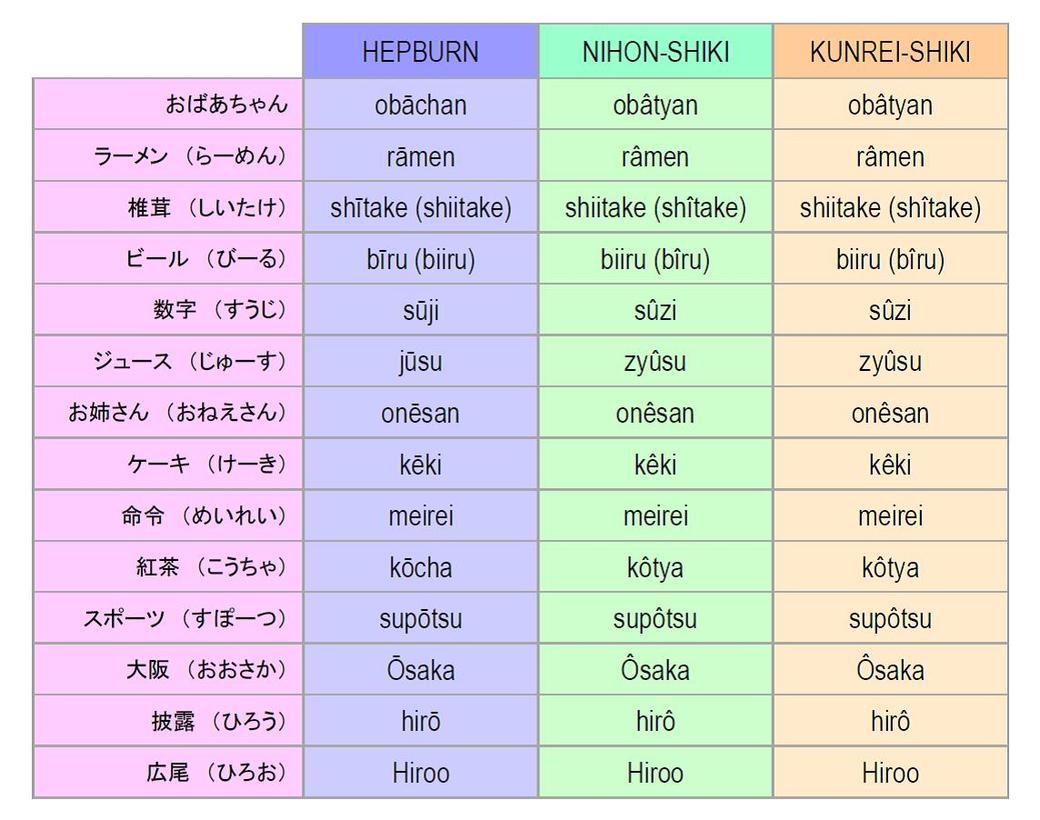
One exception is that いい can be spelled out as “ii” without diacritical marks. Loan words like ビール (beer) or シーツ (sheets) may also take the “ii”-form.
Likewise, えい is often written out as “ei” rather than ē / ê. However, diacritical marks are acceptable when writing out ええ or the エー sound in loan words. おお is often written as ō / ô, but when the sound comes at the end of the word, the spelling ‘oo’ is used.
Exceptions like the above are quite common. It’s because of complex rules like these that make romaji such a confusing mess. The above was put together by Hakoda-sensei, who referenced a variety of different notation rule books, but even he is unsure of its accuracy. But one thing is for sure – all three romaji systems incorporate diacritical marks to denote long vowel sounds. If that’s the case, though, is the sign for “Tokyo” (found on the Marunouchi Line) incorrect?
When doing a quick image search of station names, you’ll notice that some of the Tokyo Metro stations use macrons while others don’t. The same can be said for Toei Subway stations. It seems that at some point in time, older station signs using macrons were replaced with newer ones sans macrons. Odawara and Tobu Lines don’t use macrons either, whereas Seibu and Keio Lines do. It seems every company has different signage rules.
But it still begs the question, what about “Tokyo”?
The Many Variations of Hepburn Romanization
After doing some digging, Hakoda-sensei found that station names follow the “Railway Standard” (1947) in its naming practices, which is a variant modeled after the Modified Hepburn system. Wait … There’s a Modified Hepburn system? What exactly is that?
Over its long history, the Traditional Hepburn system has undergone several editions, of which the third edition (1886) is often considered authoritative. In 1954, the Modified Hepburn system was introduced in the third edition of Kenkyūsha’s “New Japan-English Dictionary”. To make a long story short, multiple variants of the Hepburn system exist, with each one characterized by its own brand of romanization.
Labels notwithstanding, the modified 1954 version of the Hepburn system is distinct from past iterations in that the spelling for the syllabic ‘n’ (Japanese letter ん) which precedes labial consonants (‘b’, ‘m’ and ‘p’) are represented using n instead of m. However, major railways often ignore this rule for their station names in favor of the Railway Standard which continues to use ‘m’ before ‘b’, ‘m’ and ‘p’. (More on that later.)
That is not to say that all station names use ‘m’ before ‘b’, ‘m’ and ‘p’. Hakoda-sensei suggests glancing up at the English names the next time you’re stopped at a train station. You’ll be surprised to find inconsistencies all over the place. What’s more, road signs stick closely to the Modified Hepburn system which uses ‘n’ before ‘b’, ‘m’ and ‘p’. What a confusing mess!
But one thing remains certain. No matter the variant, Hepburn romanization should always represent the long vowel in one way or another. So again, we find ourselves stooped with the “Tokyo” conundrum. What system does that follow?
Japanese Names in English
A variation of the Hepburn system can also be found in the Ministry of Foreign Affair’s Passport Standard which removes the use of diacritical marks from personal names. The same goes for school textbooks where names of Japanese places or people are spelled out in English. For example, the traditional rules of the Hepburn system would dictate that diacritical marks be included, like this:
I bought this book in Jimbōchō.
But you rarely see it written out like that. The more conventional way is to write it out sans macrons:
I bought this book in Jimbocho.
So one can safely assume that the Marunouchi Line’s “Tokyo” follows this same line of thinking, whereas JR’s “Tōkyō” (with macrons) is its name written out in standard romaji.
However, removing the macron from a Japanese name causes the reader to lose sight of where the long vowels ought to be. If we’re going for proper pronunciation, shouldn’t all Japanese names be written with macrons?
What about 富士急ハイランド駅 (Fujikyū-Highland-eki) on the Fujikyu Railway? The actual station sign uses the Hepburn style with macrons. The word “Highland” is spelled out in English. If we apply this to other variants, here’s how they would look:
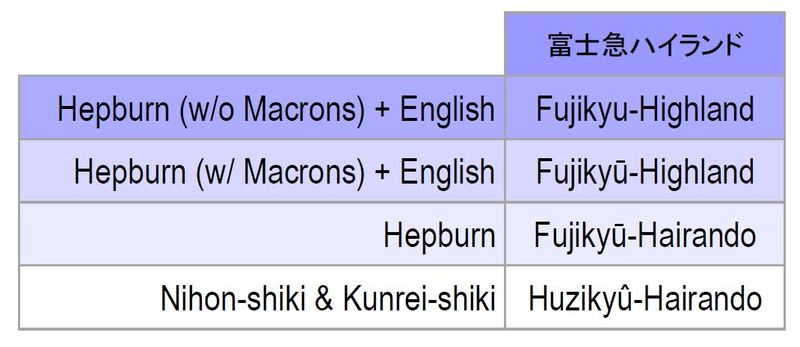
Macrons Versus No-Macrons
On the Keikyu Line is a station called 上大岡 (Kamiōoka). When written out in hiragana, it’s かみおおおか. Notice the long string of vowels? The おお in 大 is the long vowel of お. The final お is the first half of the word おか. When we write this out without the long vowels, it’s “Kamiooka”. But to the uninitiated, this can be quite a confusing name to read. It becomes clearer when we add a macron to the long お: “Kamiōoka”. The Keikyu Line uses “Kamiōoka” (w/ macrons), whereas the Yokohama Municipal Subway uses “Kamiooka” (w/o macrons). Once again, the use of macrons make a big difference.
Writing out Japanese names in English is no different. We can easily differentiate between 川澄 (Kawato)-san and 川藤 (Kawatō)-san with the help of macrons. The spellings of “Kawatoh” and “Kawatou” are technically not proper romaji. However, the Japanese Foreign Ministry has authorized, but not required, this form of spelling on passports.
Whether people choose to following the “Passport Standard” rule or not, just make sure to keep the spelling consistent across all family members! Otherwise, it might raise some suspicion from airport immigration officers when they notice that the family members’ last names don’t match.
Here’s yet another perspective on the macron versus no macron debate. Macrons are useful if the reader knows both Japanese and English. But for people with little to no familiarity in the Japanese language, seeing alphabetical letters with macrons attached to them may not be useful since they won’t know how to properly pronounce the word anyway. In that sense, getting rid of macrons doesn’t seem as detrimental…
So how about this? Let’s just assume all words with macrons are romaji while words without macrons are its English equivalent. Having reached this reasonable conclusion, Hakoda-sensei rode the Keio Line and noticed the sign, “Chōfu”. Since diacritical marks were used, the Keio Line must have decided to use romaji for their station signs. But wait – directly below “Chōfu” were the names written in Chinese and Korean. That would imply that “Chōfu” was its English name, not romaji. Nothing is straightforward when it comes to these train signs.
Other Examples in Different Romanization Systems
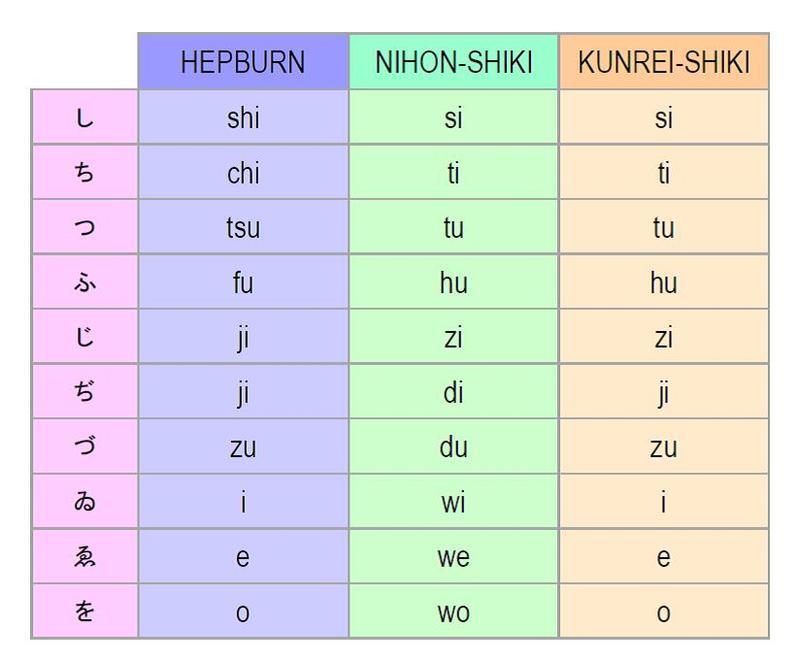
Hakoda-sensei has put together the following tables to highlight the differences between the Hepburn, Nihon-shiki and Kunrei-shiki systems.
Comparing the three, it seems Hepburn is the most common romanization system in use today. It also happens to be the most intuitive method in showing the pronunciation of a Japanese letter or word, since it follows English phonology with romance vowels.
Let’s look at some examples of different words written out in romaji.
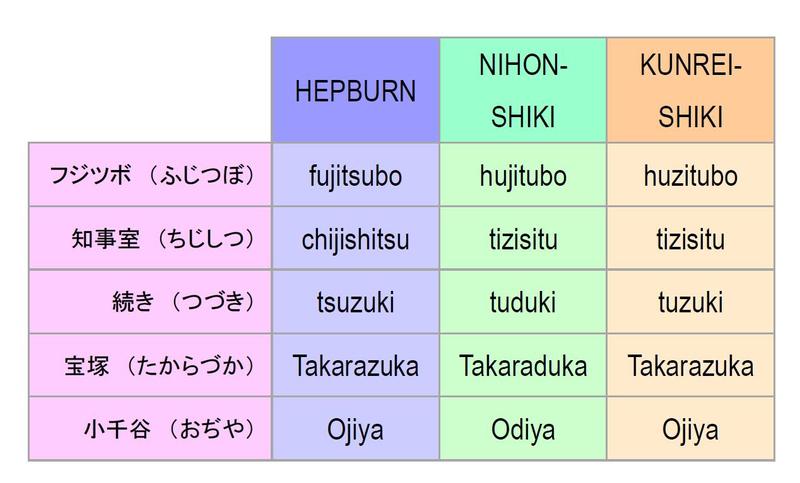
For people not accustomed to the Japanese style of writing, Nihon-shiki and Kunrei-shiki can be off-putting. One can’t help but read them using standard phonics rules. “Hujitubo” and “Odiya” read very differently from “fujitsubo” and “Ojiya”.
By this logic, since the Fujikyu Railway uses a variant of the Hepburn system, 富士山 (ふじさん) should be written “Fujisan” instead of “Huzisan”, right?
Wrong.
The English sign reads “Mt. Fuji.” This is without a doubt its adopted English name. But 河口湖 (かわぐちこ) on the very same line isn’t labeled “Lake Kawaguchi”. It’s “Kawaguchiko”. The inconsistencies boggle the mind!
Next, let’s take a look at yōon (拗音; moras using a kana ending in i, plus the smaller-than-usual version of ya, yu or yo).
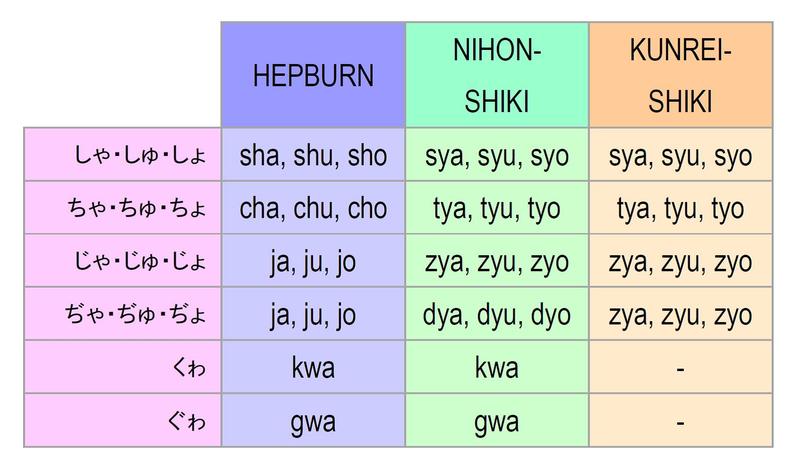
When placing the emphasis on pronunciation, the Hepburn system once again makes the most sense.
However, if we place the priority on direct conversion of specific Japanese letters into alphabetical ones, the systematic approach afforded by the Nihon-shiki and Kunrei-shiki systems are actually more convenient.
Basically, do you choose the method that is easier to read? Or the one that is easier to write?
くゎ (kwa) and ぐゎ (gwa) are called “closed yōon” (合拗音) and were used around the start of the 19th century. As such, traditional Hepburn and Nihon-shiki systems have “kwa” and “gwa” to differentiate it with “ka” and “ga”. Although obsolete in modern Japanese, remnants of it can still be seen, such as in the works of P. Lafcadio Hearn’s “Kwaidan” (怪談).
Rules for sokuon (促音; small tsu) and hatsuon (撥音; syllabic ‘n’) also differ depending on the romanization system. For Nihon-shiki and Kunrei-shiki systems, sokuon is marked by doubling the consonant, while hatsuon is written with the letter ‘n’. Conversely, for the ‘sh’ digraph in the Hepburn system, only the first consonant of the set is doubled. ‘Ch’ digraphs are replaced with ‘tch’. And as previously mentioned, ‘m’ is used before labial consonants (‘b’, ‘m’ and ‘p’) in place of ‘n’.
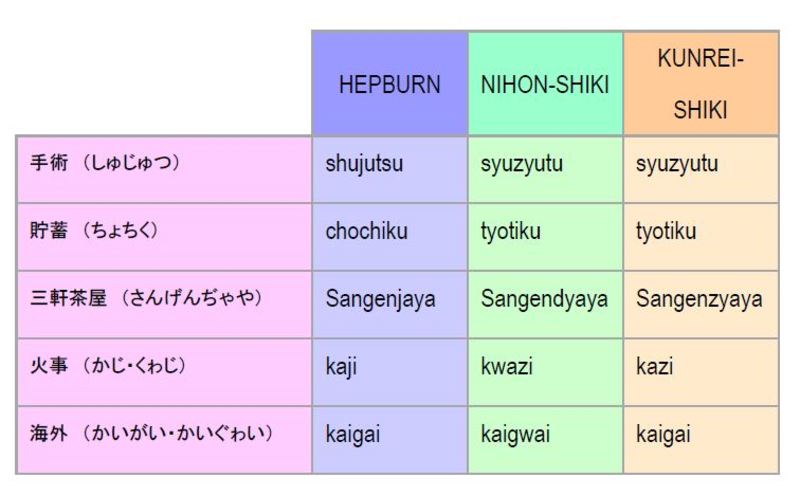
If you’re not yet confused, we can always complicate things a bit further.
Syllabic n (hatsuon) that comes before vowels or the letters ‘y’ and ‘n’ must also be accompanied by apostrophes or hyphens in order to differentiate them from sokuon or yōon. Hepburn and Kunrei-shiki (1937 version) uses hyphens, whereas Nihon-shiki and the Kunrei-shiki (1954 version) uses apostrophes.
Good luck keeping track of all that!
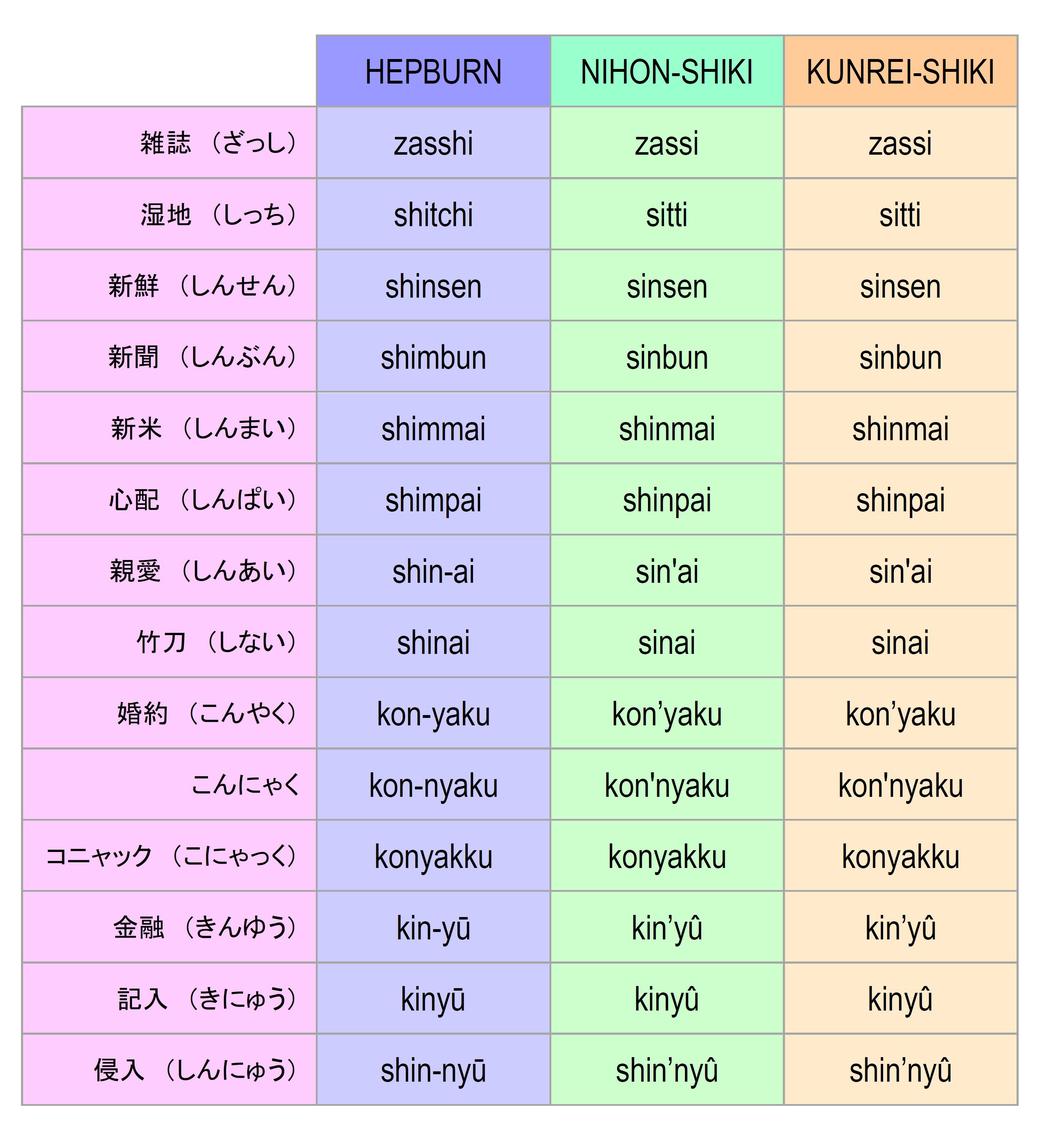
Station names where the syllabic n precedes hyphens include Tokyu Railway’s “Den-en-chōfu” and JR’s “Shin-Ōkubo”. However, Tokyo Metro’s 溜池山王 is written, not as “Tameike-San-no”, but as “Tameike-sanno”. So it seems Tokyo Metro has their own distinct method of naming their stations.
Station names where ‘ch’ follows the small ‘tsu’ (sokuon) are JR’s “Hatchōbori” and Tokyo Metro Namboku Line’s “Roppongi-itchome”. Finding stations where ‘sh’ follows the small ‘tsu’ was more difficult. JR’s “Nisshin” in Saitama is one of the few examples Hakoda-sensei was able to find.
Every train company has different methods for writing out their station names in English. Even different lines within the same transportation company will use different methods of writing. The discrepancies don’t end there because road signs and train station signs rarely ever match.
Which system makes the most sense to you? Hakoda-sensei suggests keeping your eyes peeled for signs in romaji. Though you’re bound to notice some inconsistencies, perhaps you’ll let some of that slide when you remember the long history of the romanization and the multitude of factors that led to this complicated system. If anything, you’ll appreciate all the thought that likely went into coming up with that sign.
Although there is not yet a definitive way of transliterating Japanese words into English, Hakoda-sensei provides his system of choice: Hepburn romanization with macrons.
So, which system are you in favor of?

